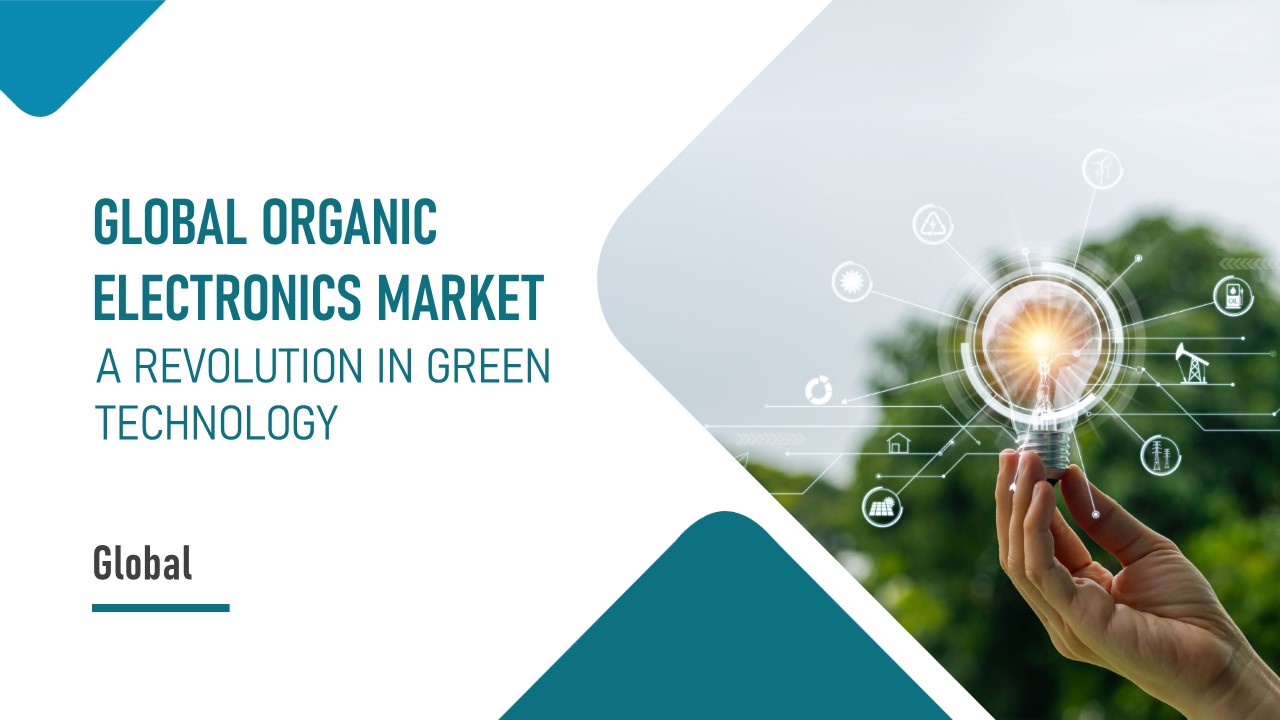
Global Organic Electronics Market: A Revolution in Green Technology
Organic Electronics studies carbon-based components with desirable electrical properties, such as conductivity, for characterization and application. Using polymers and small molecules, it enables lightweight, flexible, and energy-efficient devices, with a key focus on high-quality, flexible displays.
The market is experiencing rapid growth, fuelled by efficient processing methods and minimal material usage in manufacturing.
The shift from traditional posters and signage to digital displays has opened significant opportunities for organic electronics manufacturers to expand their presence in the target market.
Market Growth and Forecast
In 2023, the Global Organic Electronics Market was valued at $128.64 billion and is projected to grow to $977.92 billion by 2032.
During the forecast period 2023-2032, the market will be growing at an approximate CAGR of 25.28%.

North America holds the largest market share at 37%, followed by Europe at 32%. Asia-Pacific accounts for 25%, while Latin America and the Middle East & Africa contribute 4% and 2%, respectively.
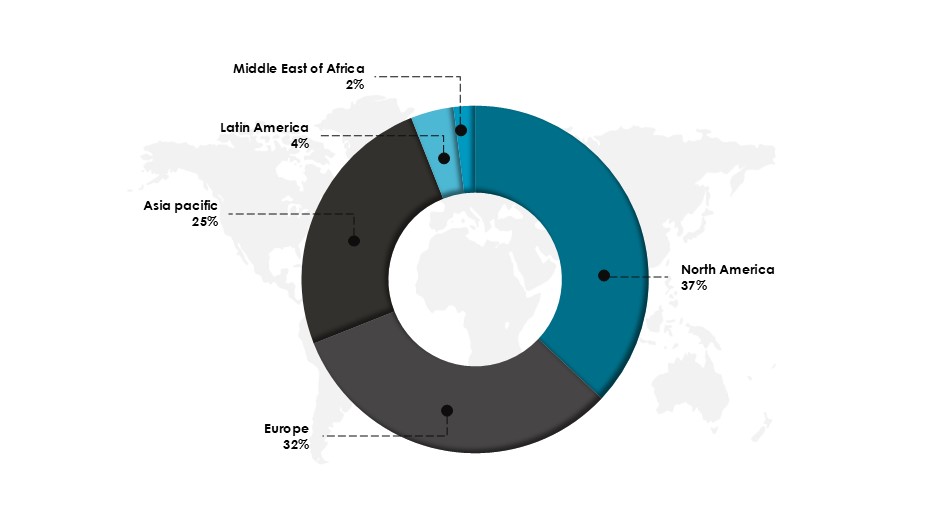
Market Developments

In 2023, LAPP launched the ETHERLINE FD P Cat.5e, the first Ethernet cable with a bio-based sheath made from BASF’s Elastollan N, a renewable thermoplastic polyurethane. This innovation reduces the carbon footprint by 15% while maintaining durability and flexibility. The partnership reflects both companies’ commitment to sustainability and eco-friendly solutions in the cable industry.
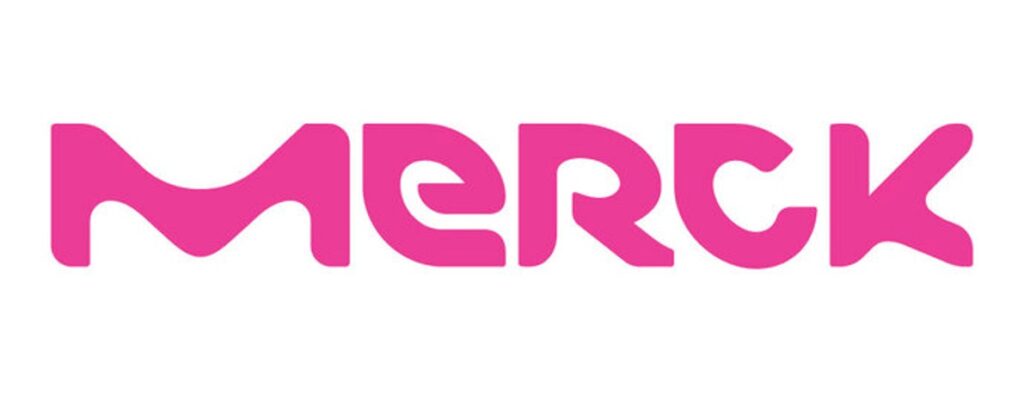
In 2023, Merck introduced new silicon dielectrics processed ALD technology, enabling flexible OLEDs in superior display devices—the increasing popularity of free-form devices featuring fully flexible OLED displays.
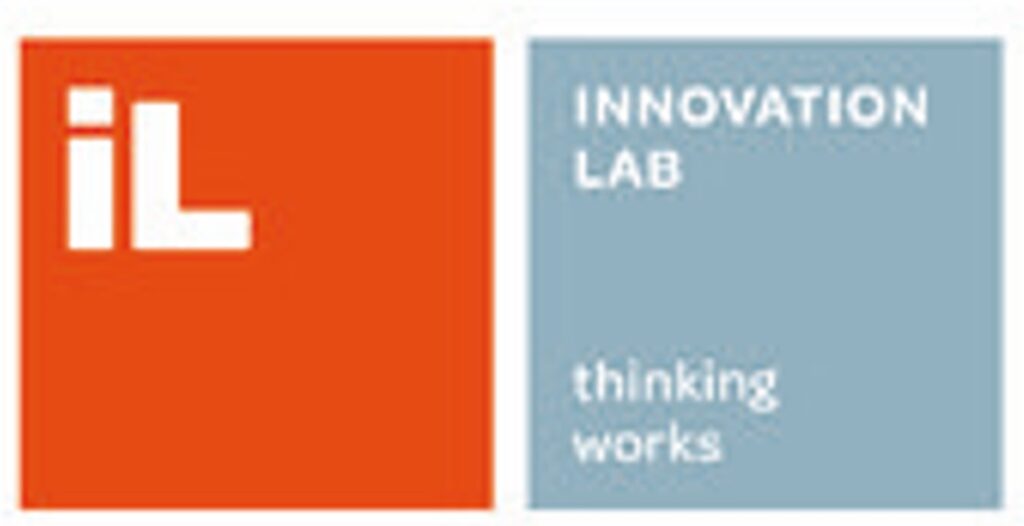
In 2022, Evonik initiated the sale of its TAeTTOOz technology for printable rechargeable batteries to InnovationLab GmbH, a company specializing in printed and organic electronics and providing tailored solutions from initial concept to industrial production.

In 2022, Heliatek, a leading organic electronics manufacturer, partnered with PETA Engineering through a distribution agreement, completing two key projects in Korea: a rooftop installation on a building gangway and a façade installation at the Samsung Advanced Institute of Technology.
Market Statistics
Market by Material
The semiconductor segment leads the organic electronics market with a 57% share in 2023, driven by its functionality in OLEDs and photovoltaic cells.
Other materials’ shares include conductive (18%), dielectric (13%), and substrate (12%), highlighting the diverse applications of organic electronics.
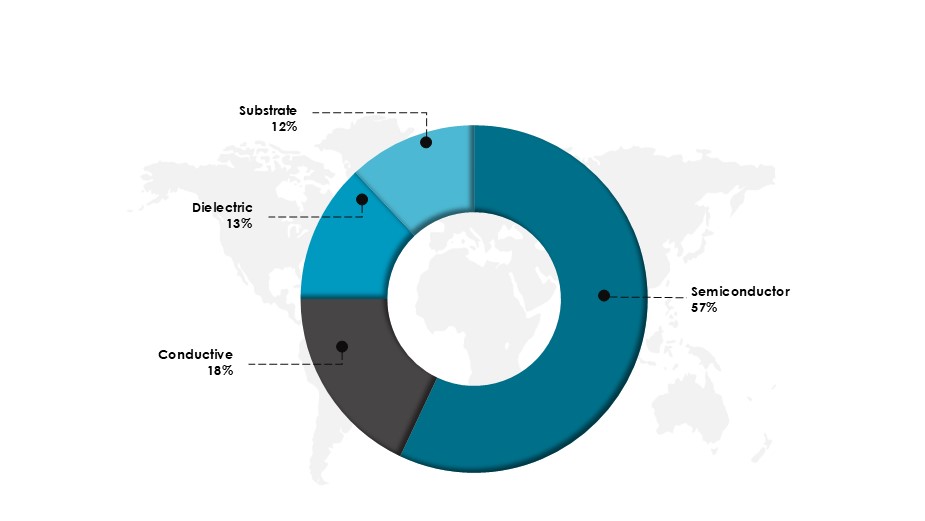
Market by Application
Display applications dominate the global organic electronics market in 2023, accounting for 65% of the share, driven by the widespread adoption of OLED displays in smartphones, televisions, laptops, and wearable devices.
Other Applications include Solar Cells (18%), Others (12), and Lighting (5).
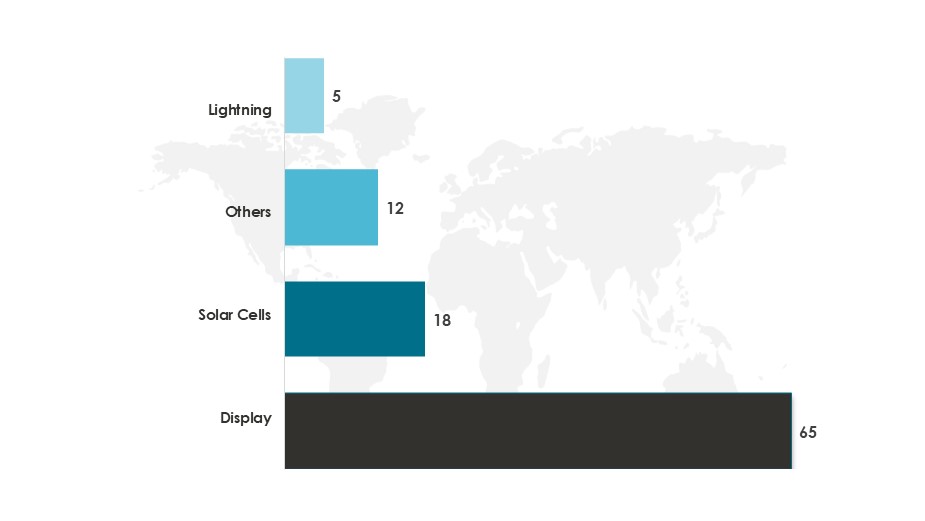
Market by End-Use Industry
The consumer electronics industry dominates the organic electronics market with a 44% share in 2023, fuelled by demand for flexible displays, self-charging devices, and products such as smartphones, wearables, and laptops.
Other industries are healthcare (23%), energy (15%), automotive (12%), and others (6%), showcasing the versatility of organic electronics across sectors.
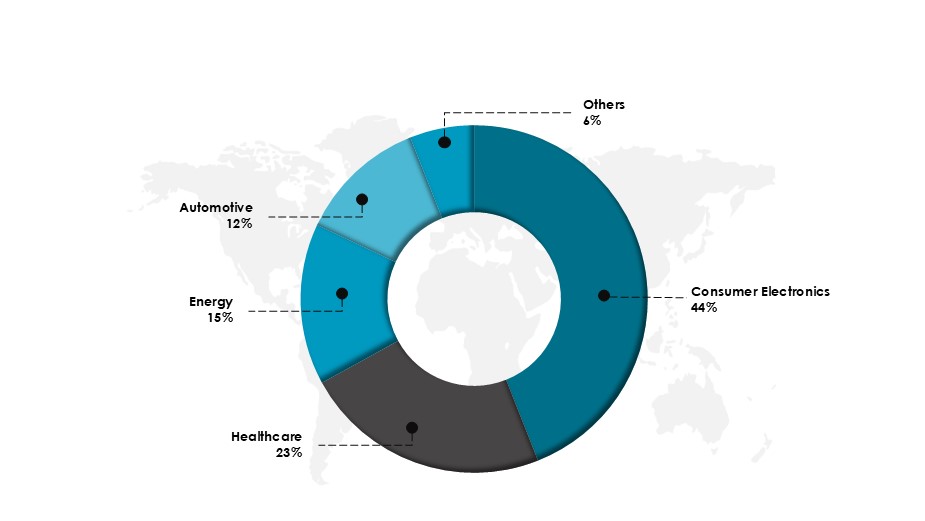
Do Subscribe to our #WeeklyMarketInsights for FREE here.
Data Sources: Marketsandmarkets, Maximize Market Research, Globenewswire, BASF, and others.
Get in-depth Market Research for any industry to understand this industry in more detail where we will cover Market Size, Competitors, Trends, Drivers and Challenges, Future forecasts, SWOT analysis, TAM, SAM or SOM, and much other information in detail. Get in touch with us today.
Other Market Insights

